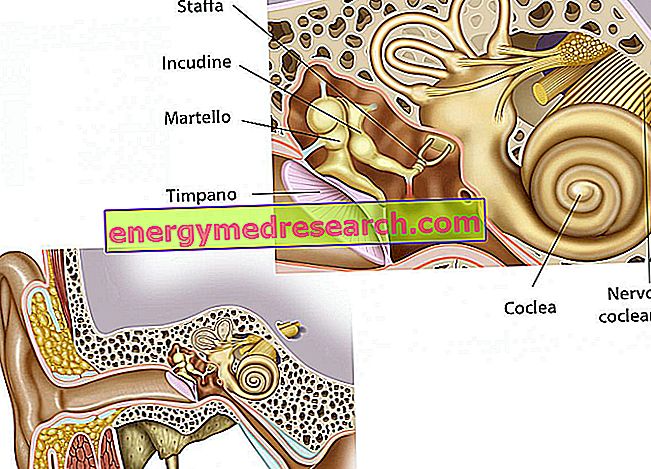
The shorter bone of the human body is the stirrup, which in an adult measures just 3-4 mm. This bone is found in the middle ear and its presence is essential for hearing.
The bracket in fact belongs to the "famous" trio of small bones, respectively called anvil, stirrup and hammer. Taken together, these ossicles transmit, amplifying them, the acoustic signals from the eardrum to the cochlea. Let's see how.
Sound waves pass through the outer ear and reach the tympanic membrane, causing it to oscillate. These vibrations are then transmitted to the chain of ossicles, which, acting as levers, amplify the vibrations that transmit to the cochlea: the handle of the hammer, matching with the inner face of the tympanic barrier, is activated and with the head transmits the vibration to the anvil and stirrup.
The stirrup therefore acts like a piston that vibrates the internal endolymph of the cochlea (or snail). Inside the cochlea, thousands of hair cells receive these vibrations and transmit them in the form of nerve signals to the brain, through the acoustic nerve.



